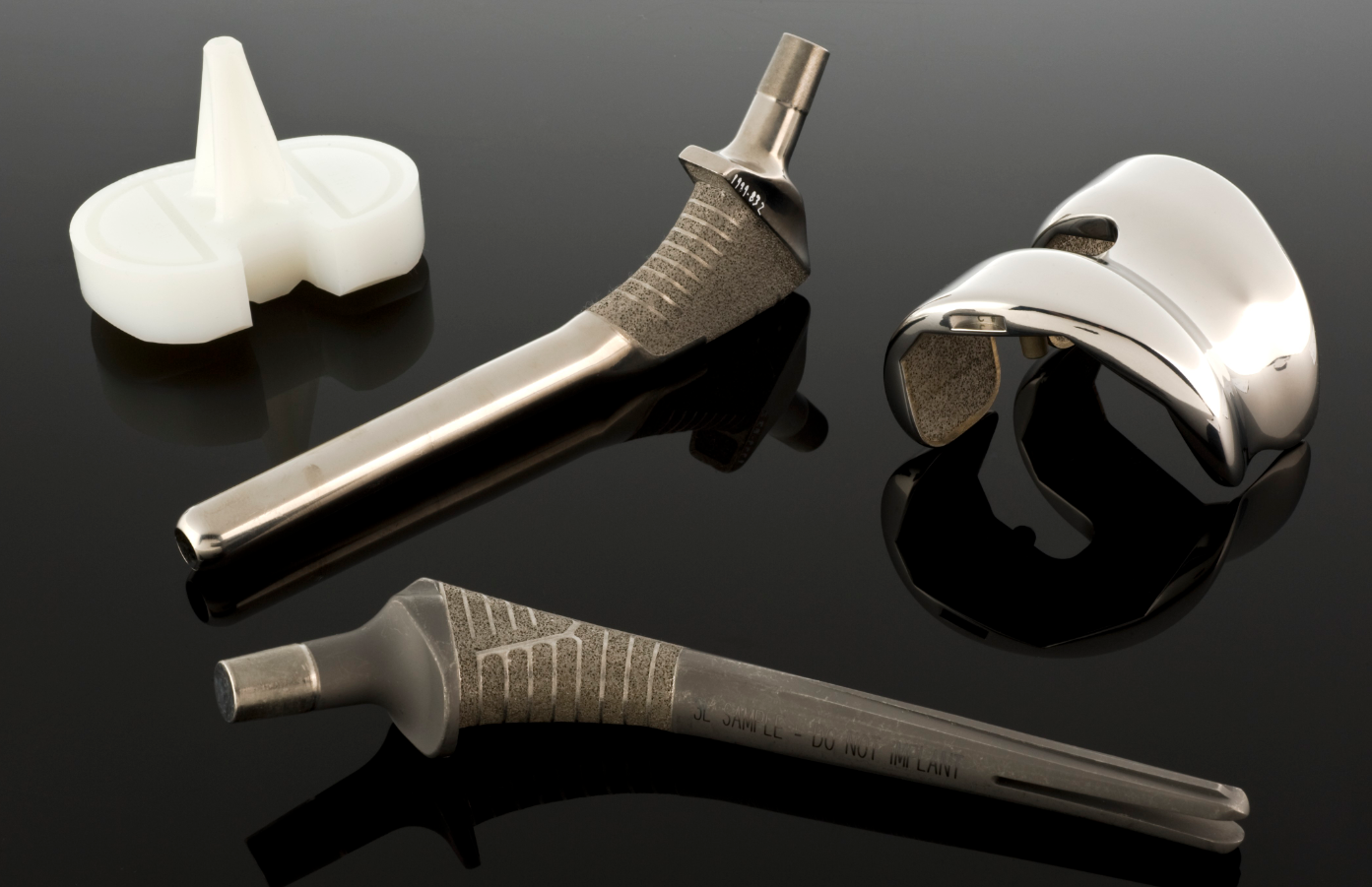Biocompatible
Biocompatibility is related to the behavior of biomaterials in various contexts. The term refers to the ability of a material to perform with an appropriate host response in a specific situation. The ambiguity of the term reflects the ongoing development of insights into how biomaterials interact with the human body and eventually how those interactions determine the clinical success of a medical device (such as pacemaker, hip replacement or stent).

Modern medical devices and prostheses are often made of more than one material so it might not always be sufficient to talk about the biocompatibility of a specific material. Indeed, since the immune response and repair functions in the body are so complicated it is not adequate to describe the biocompatibility of a single material in relation to a single cell type or tissue. Sometimes one hears of biocompatibility testing that is a large battery of in vitro test that is used in accordance with ISO 10993 (or other similar standards) to determine if a certain material (or rather biomedical product) is biocompatible. These tests do not determine the biocompatibility of a material, but they constitute an important step towards the animal testing and finally clinical trials that will determine the biocompatibility of the material in a given application, and thus medical devices such as implants or drug delivery devices.
The word biocompatibility seems have been mentioned for the first time in peer-review journals and meetings in 1970 by RJ Hegyeli (Amer Chem Soc Annual Meeting abstract) and CA Homsy et al. (J Macromol Sci Chem A4:3,615, 1970). It took almost two decades before it began to be commonly used in scientific literature (see the graph below). Recently Williams (again) has been trying to reevaluate the current knowledge status regarding what factors determine clinical success. Doing so notes that an implant may not always have to be positively bioactive but it must not do any harm (either locally or systemically) (Williams, 2008).
Original post here: Biocompatible
Comments
Post a Comment